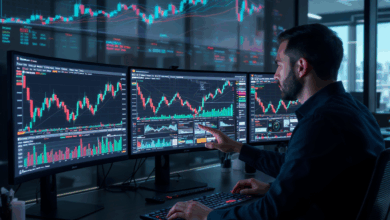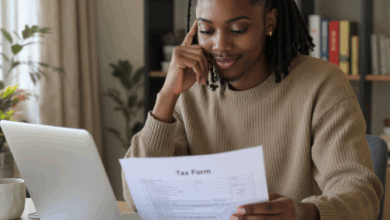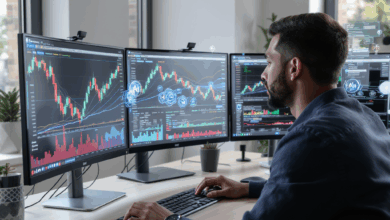Master Coin Authentication with These Proven Techniques – A Beginner’s Guide for Collectors
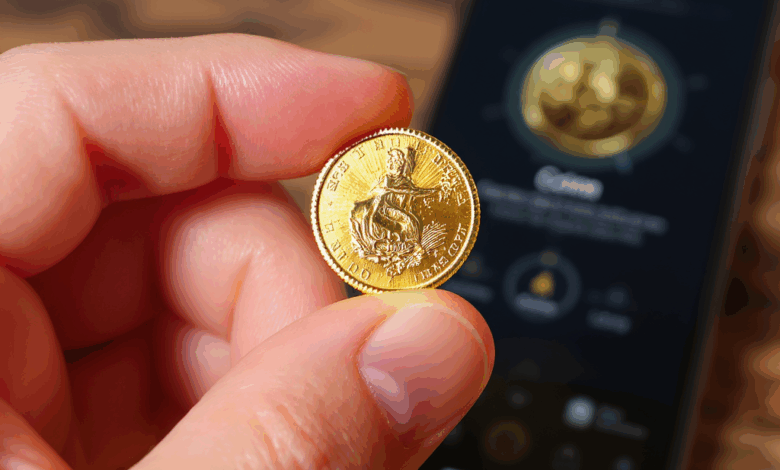
Why do so many coin collectors hesitate when it comes to authenticating their own coins? I remember the first time I held what was supposed to be a rare gold coin in my hands, heart pounding, wondering if it was real or just a convincing fake. That moment sparked a question I’ve returned to often: how can ordinary collectors like us reliably tell genuine coins from clever counterfeits?
Most of us rely on a mix of visual cues and gut feelings, but with counterfeiters growing more sophisticated, those instincts sometimes fall short. Interestingly, recent developments have begun to bridge the gap between traditional inspection and high-tech verification. For example, I’ve come across tools using artificial intelligence that analyze minute coin details invisible to the naked eye. Imagine your smartphone app acting almost like a seasoned numismatist, quickly flagging suspicious coins.
Yet, this blend of old and new raises a dilemma: how can we, as hobbyists, navigate these techniques without getting overwhelmed? It turns out that combining classic methods—like weight measurement and magnet tests—with emerging technologies such as X-ray fluorescence analysis or blockchain-based provenance records, creates a surprisingly accessible path to confidence. And professionals in the field confirm this hybrid approach enhances accuracy substantially.
In this article, we’ll explore these methods step by step, demystifying the process and showing you how to apply them with tools and techniques suited for collectors at every level. Whether you’re just starting or looking to deepen your expertise, you’ll find practical insights and tips to protect your collection.
So, what does it take to master coin authentication today? Is it complicated tech reserved for experts, or a hands-on skill we can all develop? Let’s embark on this journey together, uncovering ways to make authentication less mystifying and more empowering. Ready to see your coins in a whole new light?
When Tradition Meets Technology Navigating Coin Authentication Today
I still remember the nervous thrill of holding that rare gold coin for the first time—its weight in my palm, the intricate designs catching the light, and my mind racing with doubt. Was it genuine or just a masterfully crafted counterfeit? That moment has stayed with me, nudging me to uncover how collectors like us can confidently authenticate coins without getting lost in technical jargon or expensive equipment.
The Steady Foundation: Traditional Authentication Methods
Before diving into the shiny new tools, it’s worth appreciating the time-tested techniques that have guided collectors for decades. We often start with a visual inspection—examining wear patterns, mint marks, and design details. Measuring weight and diameter provides a quick sanity check, since counterfeit coins often falter here. Then there are magnet tests, which can reveal suspicious metals, and the subtle art of sound testing—listening to the ring of a coin to detect anomalies.
These methods may seem simple, yet they form the bedrock of authentication. However, as counterfeiters become more adept, relying solely on these can sometimes feel like walking a tightrope without a safety net.
Enter the Future: AI and Machine Learning in Your Pocket
Imagine having a seasoned numismatist in your smartphone—this is no longer a fantasy. Recent developments show AI-powered apps analyzing microscopic features on coins, spotting irregularities invisible to our eyes. Tools like VERISCAN and CoinSnap offer preliminary screenings that can flag potential fakes swiftly.
But here’s the catch: these apps are incredibly helpful, yet they are not infallible. They work best as part of a layered approach, complementing traditional hands-on techniques. For collectors, this means you don’t have to be a tech wizard to benefit; even a casual user can enhance their authentication process with these accessible tools.
The Power of Science: Spectrometry and Blockchain
For those ready to delve deeper, technologies like X-ray fluorescence (XRF) spectrometry provide a non-destructive way to analyze a coin’s elemental makeup. This means you can detect if the metal composition matches what it should be—without damaging your precious find. While professional equipment might be out of reach for most hobbyists, some services offer analyses that you can send your coins to, bridging the gap between science and collecting.
Then there’s blockchain—a buzzword in many fields, now making its mark in numismatics. By registering coins on decentralized ledgers, provenance and ownership histories become transparent and tamper-proof. This adds a robust layer of trust in transactions and collections, especially for high-value or rare coins.
Practical Steps to Start Authenticating Today
So, how do you bring these insights into your own collection? Here’s a blend of classic and modern steps you can take:
- Start Simple: Use a precise scale and caliper to measure weight and diameter. Compare these with official specifications.
- Magnet Test: Check if your coin is magnetic, which can quickly rule out certain fakes.
- Visual Inspection: Familiarize yourself with genuine coin details through reputable catalogs or trusted online resources.
- Try an AI App: Experiment with apps like VERISCAN for an instant, tech-aided perspective.
- Seek Professional Help: For coins that may be valuable or especially rare, consider sending them to grading services like PCGS or NGC for expert authentication.
Remember, no single method is foolproof. Combining these techniques increases your confidence and reduces the risk of error.
Staying Ahead of the Curve
The numismatic world is dynamic—counterfeiting methods evolve, and so do authentication technologies. Staying informed about advancements like AI enhancements and blockchain integration will keep you a step ahead. Subscribing to numismatic forums, attending local collector meetings, or following expert blogs can be invaluable.
But I wonder—will these technologies eventually replace the seasoned eye of a human expert, or will they forever remain tools in our hands? Perhaps the real art lies in balancing tradition with innovation, trusting our instincts while embracing new possibilities.
What do you think? Could your next coin discovery be authenticated not just by your eyes but also by algorithms and digital ledgers? Let’s keep exploring this fascinating intersection together.
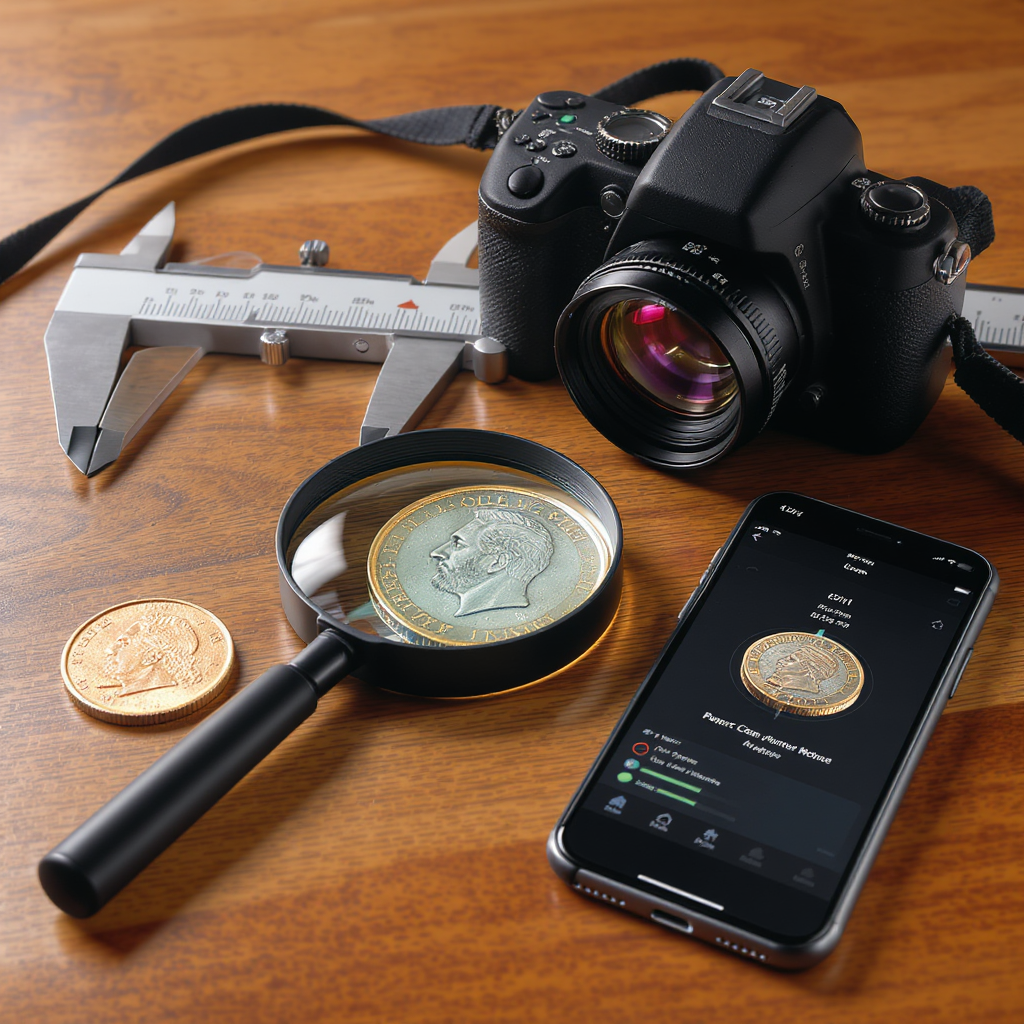
Looking back on our journey through the world of coin authentication, it’s clear that blending tradition with innovation offers collectors a uniquely empowering toolkit. We began with the tactile, almost intimate rituals—weight checks, magnet tests, visual inspections—methods that connect us to the history and craft of numismatics. Yet, stepping beyond these, the rise of AI-powered apps and blockchain technology opens doors to a future where even hobbyists can wield scientific precision and digital transparency in verifying their treasures. This convergence doesn’t just safeguard our collections; it reshapes how we engage with them, inviting a deeper trust and curiosity.
What this means for you is more than just knowledge; it’s a call to action. Start small—dust off your scale, download an AI authentication app, or dive into trusted catalogs. Experiment with these tools, combine their insights, and watch your confidence grow. If a coin’s value or mystery runs deeper, don’t hesitate to seek professional expertise; after all, authentication is as much about community as it is about individual skill.
Looking ahead, the landscape of coin collecting is poised for exciting shifts. As technologies evolve and counterfeiters adapt, our methods must stay agile and informed. Engaging with numismatic forums, attending gatherings, or simply following expert voices can keep our practices sharp and our passion alive.
So here’s the heart of it: authentication isn’t just a hurdle—it’s a gateway to deeper connection with the coins we cherish. Could the next rare find in your collection be authenticated through a blend of your seasoned eye and the precision of AI? The answer lies in embracing both the art and the science, the old and the new, with open curiosity.
What will your next step be in this unfolding story? If this exploration has sparked something in you, why not try applying one of these techniques today? Remember, every coin has a story waiting to be told—and with each method you master, you become not just a collector, but a guardian of history.



